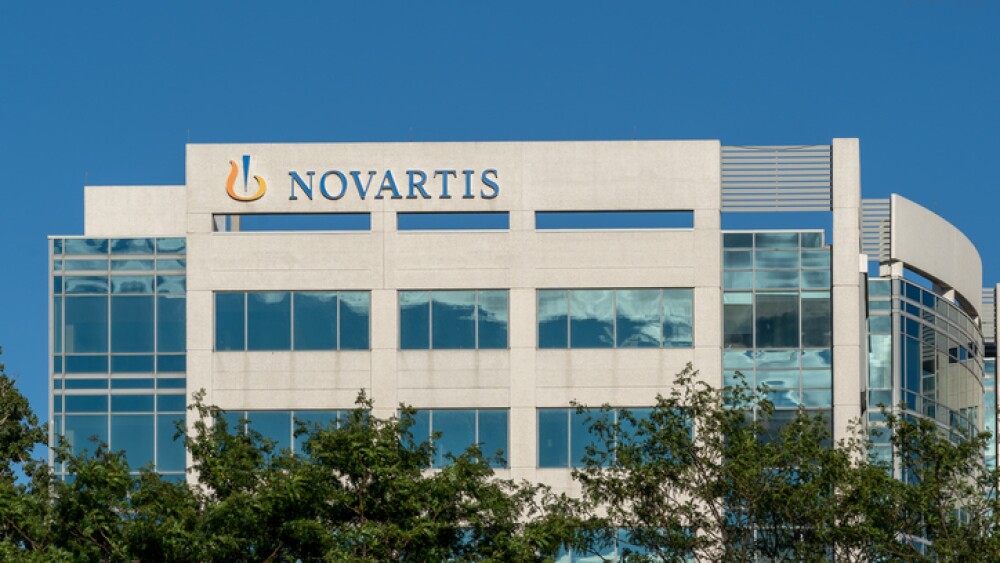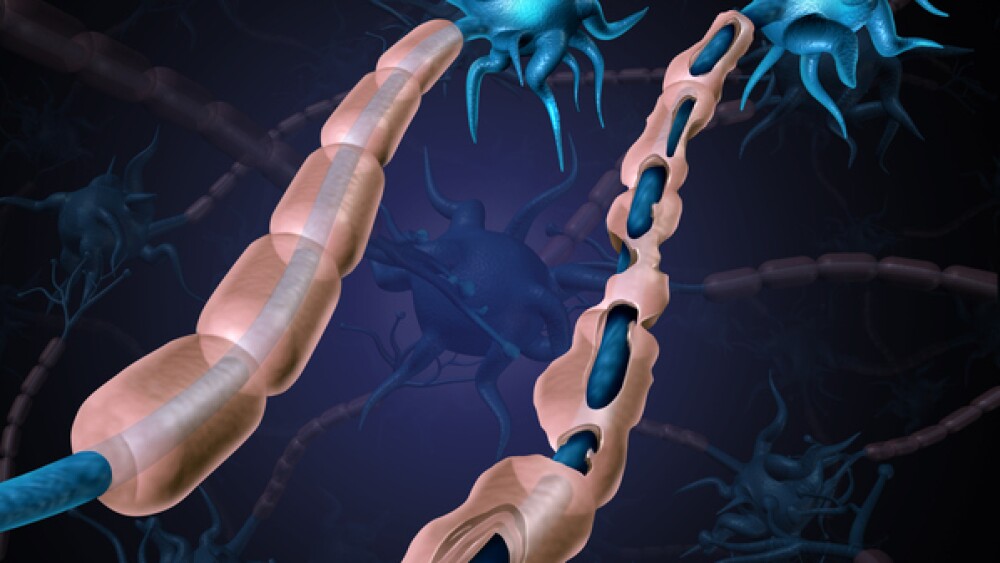CANTON, Mass. and ORLANDO, Fla., April 22, 2014 /PRNewswire/ -- This week, Organogenesis Inc. will present new mechanisms of action data from an Apligraf® clinical study and in vitro / pre-clinical data evaluating mechanisms of healing for Dermagraft® at the Symposium on Advanced Wound Care (SAWC) / Wound Healing Society (WHS) Spring 2014 meeting in Orlando, Fla.
Additionally, Organogenesis will feature both Apligraf and Dermagraft at booth #709.
"There is more than a decade of scientific and clinical data substantiating the therapeutic efficacy of both Apligraf and Dermagraft, and Organogenesis is committed to ensuring patients with chronic wounds have access to living cell-based wound healing therapies," said Geoff MacKay, president and CEO of Organogenesis Inc. "We are proud to continue contributing to the ongoing scientific discussion and understanding of wound healing with our broad range of data, which ultimately provide wound care practitioners with actionable information to better treat their patients."
Apligraf is a living, cell-based product for the treatment of chronic wounds, and is the only product with FDA approval to treat both venous leg ulcers (VLUs) and diabetic foot ulcers (DFUs). Apligraf consists of keratinocytes, fibroblasts and collagen, and when applied directly to a wound, Apligraf induces the body to generate the tissue necessary to heal.
Dermagraft is a bio-engineered skin substitute that is FDA-approved and currently marketed for the treatment of diabetic foot ulcers (DFUs). It is a 3-dimensional product composed of fibroblasts, extracellular matrix, and a bioabsorbable scaffold. When placed directly on a wound previously unresponsive to treatment, Dermagraft helps to restore the compromised DFU dermal bed to facilitate healing by providing a substrate over which the patient's own epithelial cells can migrate to close the wound.
PODIUM
Three podium presentations will showcase results from a clinical study conducted at the University of Miami investigating the changes in gene profile in patients with VLU following treatment with Apligraf. The results from the transcriptional analyses provide genomic insights into the mechanisms of action of Apligraf, demonstrating a shift in the patient's gene profile from one resembling a chronic wound environment to a profile more consistent with an acute healing environment.
A Dermagraft podium presentation, "Human Fibroblast-Derived Dermal Substitute (HFDS*) Promotes Wound Healing by Both Immediate and Extended Mechanisms," will demonstrate that Dermagraft not only effects mechanisms associated with healing in the first 48 hours but continues to influence healing mechanisms over a 7-14 day period.
POSTER
Three poster presentations are nominated for R&D Industry awards:
- "Characterization Of Robust Stem Cells In A Bilayered Living Cellular Construct Used To Heal Chronic Wounds." Data presented supports the role of keratinocyte stem cells (KSCs) in epithelial development of a BLCC and on engraftment in an athymic mouse model.
- "Wound Healing Modality Comparison: Bioactive Response to an In Vitro Chronic Wound Model." Data presented highlights the roles of both keratinocytes and fibroblasts in BLCC facilitating healing mechanisms.
- "A Bilayered Living Cell Construct Reduces Neutrophil Activity In Vitro." Data presentedprovides insight into the mechanism by which BLCC may modulate key inflammatory cells present in chronic wounds.
PRESENTATIONS OF INTEREST INCLUDE:
Apligraf:
- Early Treatment of Non-Healing Venous Ulcers by a Single Bilayered Living Bioengineered Skin (Apligraf) is More Effective Than Later Treatment
SAWC Podium Presentation Session 41. Saturday, April 26, 2014, 3:30 p.m. 4:30 p.m. - Characterization of Robust Stem Cells In A Bilayered Living Cellular Construct Used To Heal Chronic Wounds
(BIO.11) Poster Presentation on Friday, April 25, 7:30 a.m. 8:30 a.m. - A Bilayered Living Cell Construct Reduces Neutrophil Activity in Vitro
(BIO.15) Poster Presentation on Friday, April 25, 7:30 a.m. 8:30 a.m. - Wound Healing Modality Comparison: Bioactive Response to an In Vitro Chronic Wound Model
(BIO.13) Poster Presentation on Friday, April 25, 7:30 a.m. 8:30 a.m. - Genomic Insight Into Molecular Mechanisms Of Action Of Bilayered Living Cellular Construct In Non-Healing Venous Leg Ulcers
(P2.01) Podium Presentation on Saturday, April 26, 10:30 a.m. 11:30 a.m. - Transcriptional Analyses Of Non-Healing Venous Ulcers Treated With A Bilayered Living Cellular Construct Reveals Two Distinct Profiles That Correlate With Clinical Outcomes
(P2.04) Podium Presentation on Saturday, April 26, 10:30 a.m. 11:30 a.m. - A Retrospective, Effectiveness Analysis of a Bilayered Living Cellular Construct and a Porcine Collagen Wound Dressing For the Treatment of Diabetic Foot Ulcers in a Real World Setting
(CR.32) Poster Presentation on Friday, April 26, 7:30 a.m. 9:00 a.m.
Dermagraft:
- Expression Of Human Fibronectin And Collagen Type I In Athymic Rat Full-Thickness Dermal Wounds Treated With Either Living Human Fibroblast-Derived Dermal Substitute (V-HFDS*), Non-Viable Human Fibroblast-Derived Dermal Substitute (NV-Hfds) or 90:10 Polyglycolide-Co-L-Lactide (PGLLA#) Mesh
(BIO.06) Poster Presentation on Friday, April 25, 7:30 a.m. 9:00 a.m. - Evaluation of Wound Healing and Biocompatibility of Human Fibroblast-Derived Dermal Substitute (HFDS*) Combined with an Antimicrobial Barrier Silver Dressing (AC#) in an Athymic Rat Full-Thickness Dermal Wound Healing Model
(BIO.04) Poster Presentation on Friday, April 25, 7:30 a.m. 9:00 a.m. - Human Fibroblast-Derived Dermal Substitute (HFDS*) Promotes Wound Healing by Both Immediate and Extended Mechanisms
(H2.02) Podium Presentation on Thursday, April 24, 9:00 a.m. 10:30 a.m.
About Apligraf
Apligraf contains two layers of human living cells: a layer of differentiated keratinocytes and a layer of fibroblasts in a collagen matrix. When placed on a wound previously unresponsive to treatment, Apligraf provides cells, collagen matrix and other proteins and has been demonstrated to promote healing. In controlled clinical studies, Apligraf has been shown to be an effective and safe wound care treatment, superior to conventional treatments alone.
APLIGRAF IMPORTANT SAFETY INFORMATION
Apligraf is FDA-approved for the treatment of venous leg ulcers and diabetic foot ulcers lasting longer than one month that have not adequately responded to conventional therapy. It contains living cells, proteins produced by the cells, and collagen. Complications may include suspected wound or non-wound infection, skin inflammation, wound drainage, swelling, a skin tear or cut, pain, a new ulcer, red, flaky skin, bone infection, rash, low or high blood sugar, bruising, swelling, worsening ulcer, and dry skin. Apligraf should not be used if your wound is infected or if you are allergic to cow collagen or the agarose shipping medium. For more information, please read the complete prescribing information available at Apligraf.com.
About Dermagraft
Dermagraft is a cryopreserved human-fibroblast derived dermal substitute; it is composed of fibroblasts, extracellular matrix, and a bioabsorbable scaffold. Dermagraft is indicated for use in the treatment of full-thickness diabetic foot ulcers greater than six weeks duration, which extend through the dermis, but without tendon, muscle, joint capsule, or bone exposure. Dermagraft should be used in conjunction with standard wound care regimens and in patients that have adequate blood supply to the involved foot. Dermagraft is contraindicated for use in ulcers that have signs of clinical infection or in ulcers with sinus tracts. Dermagraft is contraindicated in patients with known hypersensitivity to bovine products, as it may contain trace amounts of bovine proteins from the manufacturing medium and storage solution. The most frequently reported adverse events experienced by patients in the Dermagraft group of the pivotal registration trial (terms 5%) included infection, accidental injury, skin dysfunction/blister, flu syndrome, osteomyelitis, surgeries involving study ulcer, wound enlargement/skin ulcer, cellulitis and peripheral edema/localized swelling. Refer to Dermagraft Directions for Use for more information.
DERMAGRAFT IMPORTANT SAFETY INFORMATION
Dermagraft is indicated for use in the treatment of full-thickness diabetic foot ulcers greater than 6 weeks duration, which extend through the dermis, but without tendon, muscle, joint capsule, or bone exposure. Dermagraft should be used in conjunction with standard wound care regimens and in patients that have adequate blood supply to the involved foot. Dermagraft should not be used on ulcers that have signs of clinical infection, sinus tracts (narrow passages extending from the wound), or exposed tendon, muscle, joint capsule, or bone. Dermagraft should not be used in patients with known allergy to bovine (cow) products, as it may contain small amounts of bovine proteins from the manufacturing and storage solutions. More information is available at Dermagraft.com.
About Organogenesis Inc.
Having pioneered the field, Massachusetts-based Organogenesis Inc. is a world leading regenerative medicine company focused in bio-active wound healing and soft tissue regeneration. The company's mission is to bring the medical marvel of regenerative medicine products to patients and to standardize their use in everyday medical care. For more information, visit www.organogenesis.com.
CONTACT:
Angelyn Lowe
(781) 830-2353
alowe@organo.com
SOURCE Organogenesis Inc.
Help employers find you! Check out all the jobs and post your resume.




